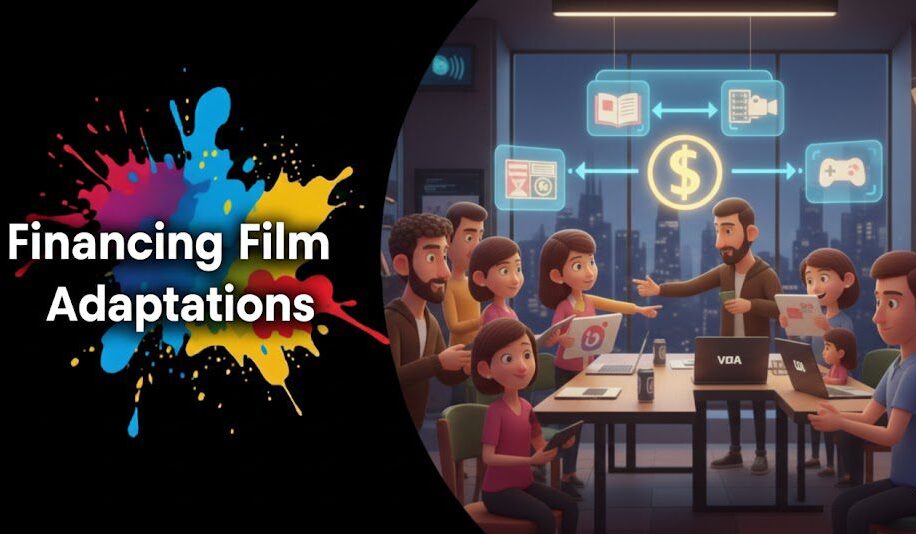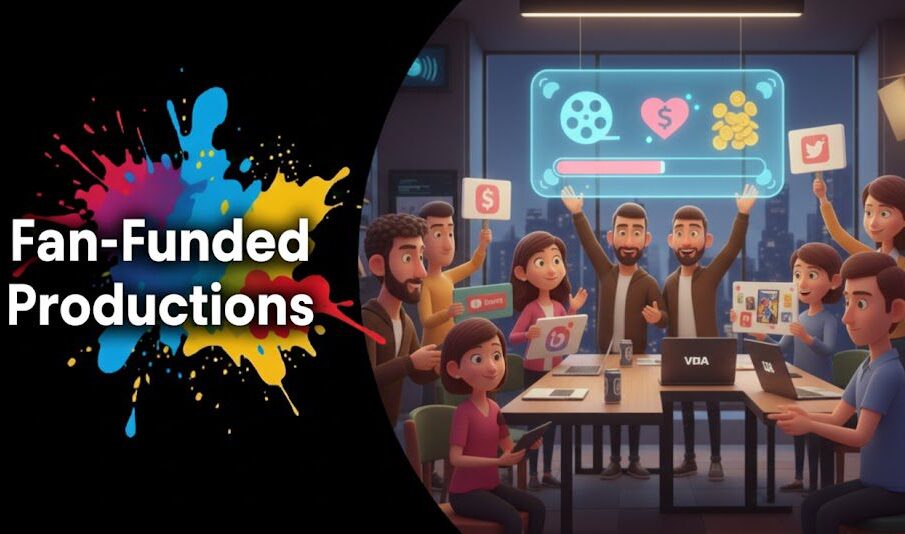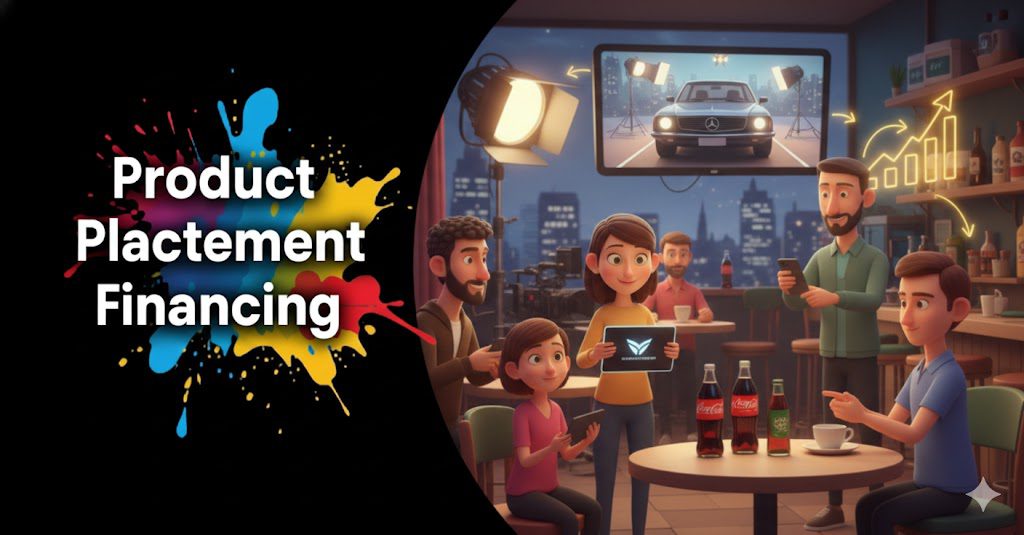Introduction
In today’s streaming era, the need for efficient global content distribution is more crucial than ever. With new markets continuously emerging across different regions, ensuring that films, TV shows, and digital content reach global audiences quickly and effectively is a challenge many content creators and distributors face.
AI-driven solutions, particularly in dubbing and subtitling, are addressing this need by significantly speeding up the localization process. This article will explore how AI technology is reshaping the way we distribute content globally, with practical insights on how entertainment professionals can leverage AI to optimize their global reach.
Key Takeaways
| Topic | Key Points |
| AI in Dubbing & Subtitling | AI speeds up localization for global distribution |
| Global Content Distribution | AI helps TV shows and films reach international audiences faster |
| Challenges in AI Localization | Language nuances and cultural fit still need human oversight |
| AI vs Traditional Methods | AI provides efficiency, but human input ensures quality |
| Best Tools | Use tools like Papercup AI and DeepDub for localization |
Table of content
- Introduction: AI and Global Content Distribution
- 1. What is Global Content Distribution?
- 2. AI’s Role in Dubbing and Subtitling for Global Content
- 3. Best Practices for AI Localization
- 4. Top AI Tools for Dubbing and Subtitling
- 5. Common Challenges in Global Distribution
- 6. Navigating Copyright and Regulatory Concerns
- 7. AI vs Traditional Localization Techniques
- 8. AI Tools for Global Distribution: Commercial Insights
- FAQs
- Key Takeaways
Streamline Your Filmmaking with AI

1. What is Global Content Distribution?
Global content distribution involves delivering media—whether it’s films, TV shows, or digital content—across multiple markets around the world. This process includes securing the rights to distribute content internationally and ensuring that content is localized for various languages and cultures.
Core Elements of Global Distribution:
- International Licensing: Securing the legal rights to distribute content in specific regions.
- Localization: Adapting content by translating, dubbing, or subtitling for different languages.
- Platform Optimization: Delivering content through streaming platforms and TV networks internationally.
Table: Key Factors in Global Content Distribution
| Factor | Description |
| Licensing | Securing international rights for content distribution |
| Localization | Adapting content to fit regional languages and cultural contexts |
| Platforms | Using streaming services and broadcasters to reach international viewers |
2.AI’s Role in Dubbing and Subtitling for Global Content
AI-powered dubbing and subtitling tools are transforming the localization process. Automated systems are capable of generating accurate translations, syncing dialogue, and even mimicking the tone and voice of original actors in multiple languages.
AI-Driven Localization Advantages:
- Speed: AI drastically reduces the time needed to localize content.
- Cost Efficiency: Automating dubbing and subtitling reduces the need for large teams of human translators.
- Scalability: AI can process multiple language versions of a TV show or movie simultaneously.
Bullet Points: How AI Enhances Localization
- Real-time subtitle creation for multiple languages.
- AI-generated voiceovers mimic actors’ voices for authentic dubbing.
- Cost savings by reducing manual labor in translation and dubbing.
3. Best Practices for AI Localization
Although AI has improved the localization process, human oversight is still essential. Best practices include combining AI tools with cultural experts to ensure content is both linguistically and culturally appropriate.
Best Practices for AI Localization:
- Pair AI with Human Reviewers: Use AI for the bulk of the work, but have human reviewers check for cultural accuracy and emotional tone.
- Regular Quality Control: Ensure consistency and accuracy in translations across episodes or films.
- Cultural Sensitivity: Avoid misinterpretations of humor or idiomatic expressions by incorporating native speakers.
Bullet Points: Effective AI Localization
- AI handles translation, but human oversight ensures cultural relevance.
- Consistency checks help ensure seamless transitions across regions.
- Localized feedback improves content adaptation for specific markets.
Ready for AI-Driven Global Distribution?

Top AI Tools for Dubbing and Subtitling

Several powerful AI tools are available to assist in the dubbing and subtitling process. These platforms use advanced algorithms to translate and sync content quickly and accurately.
Recommended AI Tools:
- Papercup AI: Provides AI-driven dubbing services, allowing for accurate voice synthesis in multiple languages.
- DeepDub: AI technology that creates authentic voiceovers for films, preserving the original actors’ tone.
- SubtitleNEXT: An AI-powered tool for real-time subtitling and captioning across different platforms.
Table: Top AI Localization Tools
| Tool | Feature | Use Case |
| Papercup AI | Multilingual AI-generated dubbing | Fast and scalable dubbing for global markets |
| DeepDub | Voice synthesis with actor mimicry | Authentic voiceovers for localized content |
| SubtitleNEXT | AI-based real-time subtitling | High-speed subtitling for international audiences |
Common Challenges in Global Distribution
Despite the efficiency of AI, there are still several challenges when it comes to global distribution. Language barriers, cultural nuances, and copyright concerns are some of the difficulties distributors face.
Challenges in AI Localization:
- Language Nuances: AI tools may struggle with the subtleties of language, such as slang, regional expressions, or humor.
- Cultural Relevance: Even the best AI systems may miss culturally specific references or context.
- Copyright Issues: Navigating international copyright laws can be complex.
Bullet Points: How to Overcome Distribution Challenges
- Ensure local expertise is involved to monitor cultural accuracy.
- Use human translators for reviewing AI-generated content for language nuances.
- Work closely with legal teams to navigate regional copyright laws.
6. Navigating Copyright and Regulatory Concerns
Copyright and regulatory concerns are crucial in global content distribution, particularly as different countries have unique laws and standards for media content. AI can help manage some of these concerns, but it’s essential to ensure that all international regulations are met.
Strategies for Copyright Compliance:
- AI Copyright Management: AI tools can help track the use of copyrighted material across platforms and territories.
- Compliance with Regional Laws: Work with regional experts to understand the unique legal landscape of each country.
- Clear Licensing: Use tools like Vitrina to help manage content licensing and ensure global compliance.
Struggling with Localization?

7. AI vs Traditional Localization Techniques
While AI brings speed and cost savings to the localization process, it doesn’t fully replace traditional methods. Human oversight is still necessary for more complex emotional tones, cultural nuances, and creative elements.
Comparison of AI and Traditional Localization:
- AI Localization: Quick, efficient, and affordable but may miss emotional depth and cultural nuances.
- Traditional Localization: Slower and more expensive but ensures a higher quality output with human emotion and creativity.
Table: AI vs Traditional Localization
| Method | Advantages | Disadvantages |
| AI Localization | Fast and cost-effective | Can miss subtle emotional and cultural nuances |
| Traditional | High-quality localization | More expensive and time-consuming |
8. AI Tools for Global Distribution: Commercial Insights
For companies looking to maximize the efficiency of their global distribution, investing in AI-driven tools is essential. These tools not only speed up localization but also provide insights into audience preferences, allowing for more effective content delivery.
Recommended Tools for Global Distribution:
- Vitrina: A platform connecting content creators with global distributors, providing insights into content performance across different markets.
- DeepDub: Ideal for dubbing content quickly while maintaining high-quality voice performance.
- SubtitleNEXT: Ensures accurate subtitling for real-time content adaptation.
Conclusion
AI-powered dubbing and subtitling are reshaping the way content is distributed globally. With AI-driven automation, content creators can now reach international audiences faster and more efficiently than ever before. The technology not only reduces costs but also enhances localization by offering personalized, culturally relevant translations and voiceovers. However, while AI significantly boosts efficiency, human oversight remains essential to ensure quality and accuracy.
Frequently Asked Questions
No, while AI can enhance efficiency, human oversight ensures cultural and linguistic accuracy.
Papercup AI, DeepDub, and SubtitleNEXT are leading tools in the industry.
AI struggles with emotional depth and language nuances, which require human intervention.
AI will continue to evolve, but human input will remain crucial for ensuring quality and accuracy.

































